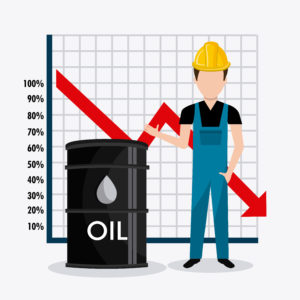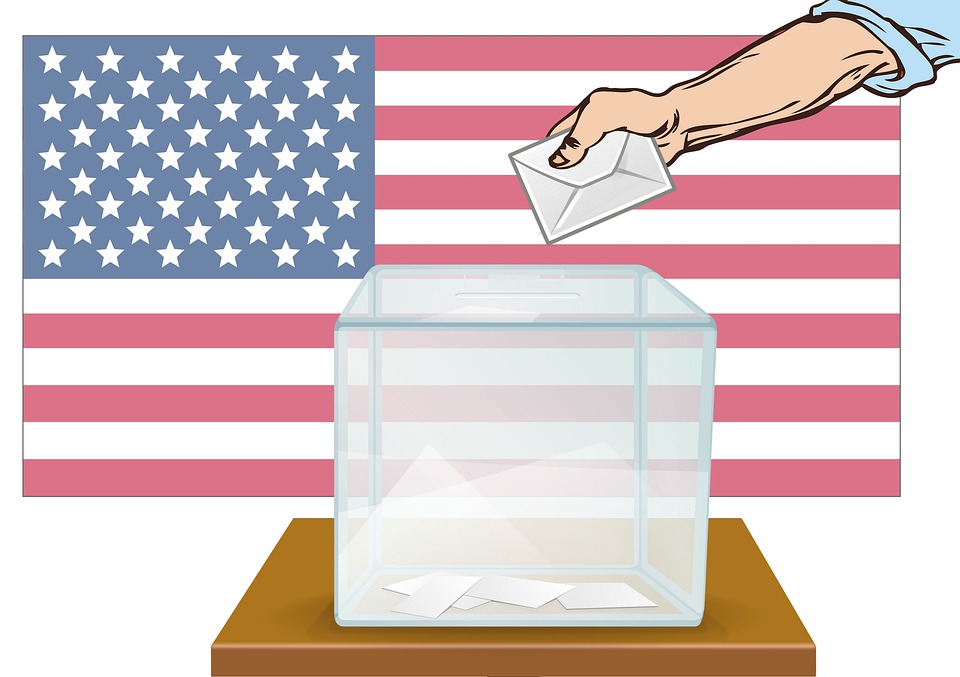Improve Your IQ, Subscribe to Suvipra’s Newsletter
A commodity cannot come for free, and this is the underlying principle of every commercial transaction. Lately, however, the crude oil market of the United States, now the largest producer of crude globally, created history as well as shockwaves when the prices of West Texas Intermediate, dubbed as WTI, plunged into the negative territory. Yes, the variety of crude considered the best globally sold below zero, a rare happening in this competitive, capitalist world.
(Also read: The Basics of Oil Economics and the US-Iran Tensions)
What really happened?
 (Source: <a href=”https://www.freepik.com/free-photos-vectors/business”>Business vector created by studiogstock – www.freepik.com</a>)
(Source: <a href=”https://www.freepik.com/free-photos-vectors/business”>Business vector created by studiogstock – www.freepik.com</a>)
First things first. In the later part of April 2020, a time when the coronavirus pandemic gripped the world and brought the global economy to a standstill, WTI crude oil price plummeted to (-) USD 40.32. The price was the lowest ever recorded in the history of oil trade. This literally meant that the seller shall pay the buyer for purchasing the commodity; USD 40 for the buyers of one barrel of WTI crude.
What happened was buyers who bought crude of WTI variety were already overwhelmed with previous stocks. The storage capacity was full, and the buyer did not want to incur transportation expenses from the producer’s godowns to storage tanks. For the producer, the picture was even darker. They could not stop production as that would mean incurring very high costs to restart the plant and machinery. And it was decided that the producer would rather pay the buyer USD 40 to lift the stock.
Why did this happen?
![]()
Multiple factors triggered the decline in prices. We know that even before COVID-19 hit the world, crude prices were hovering low. Reasons being;
- Excessive supply– There was a glut in the market ever since the US overtook Saudi Arabia and Russia to become the world’s top crude producing nation. The US production of shale oil has grown immensely in the past few years. This was coupled with what happened from April this year when Saudi Arabia and Russia could not find common ground on cutting production and saving prices from falling. Reports say that both Russia, a non-OPEC member state, and Saudi Arabia, the most dominating OPEC member, sent separate signals to their buyers of oil offering deep discounts. In fact, both countries have a history of agreeing to cut in an OPEC-plus arrangement; however, the failure to carry on this agreement beyond March this year culminated into increased supply, and hence falling prices.
- Low demand– Economies across the world weren’t performing well, and hence the demand for crude was low.Come COVID-19, and the picture became gloomier. Factories in all major industrial hubs around the globe are shuttered, and normal activities are not expected to resume any time soon. Crude is a commodity that fuels major sectors of the economy, from production to transport, and the halt in activity meant that demand crashed.
(Also read: COVID-19 Crisis- What Will Become of the Indian Economy)
Suvipra aggregates essential blogs in one place for enhancing general awareness and intellect of the readers. Read to Succeed.
Reach a wider audience for free!
To get your blog published on Suvipra.com, click Submit Your Blog
Increase the number of clicks to your own website for free!
To submit the link to the blog on your website, click Submit your Blog Link


























